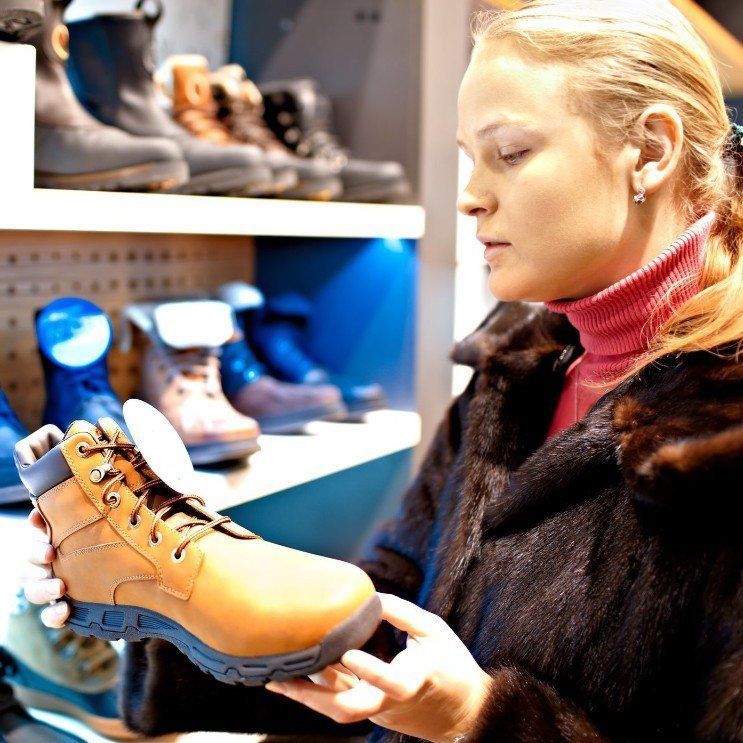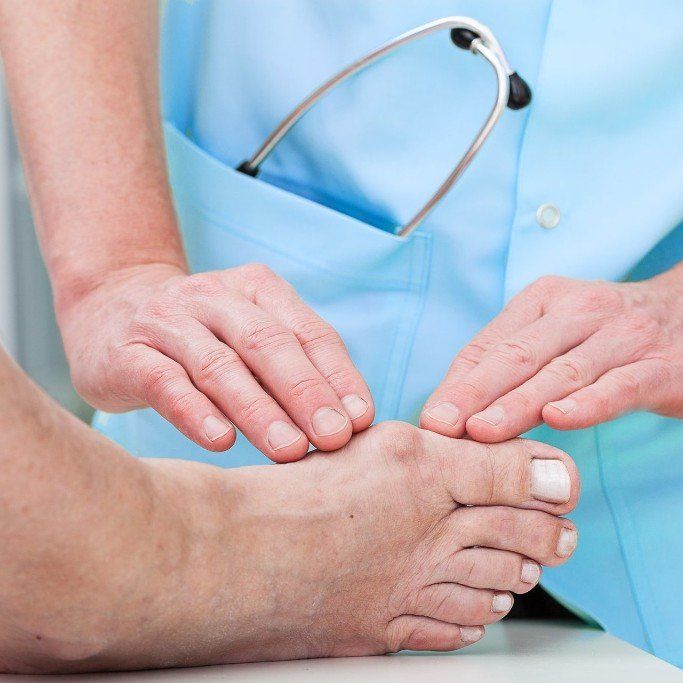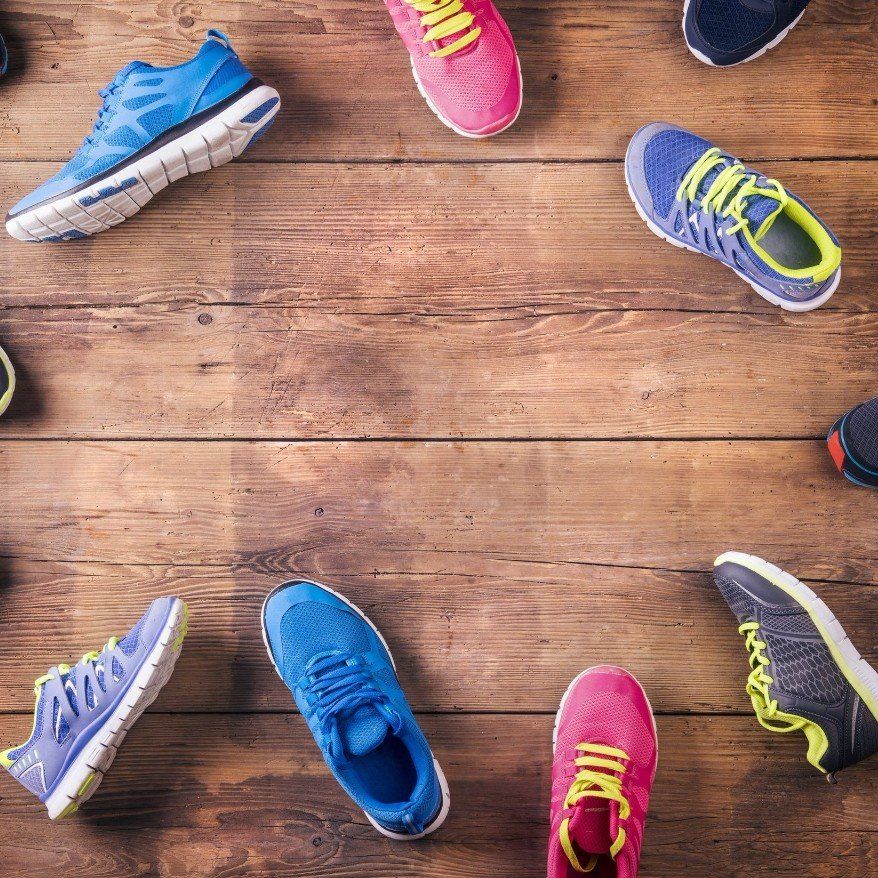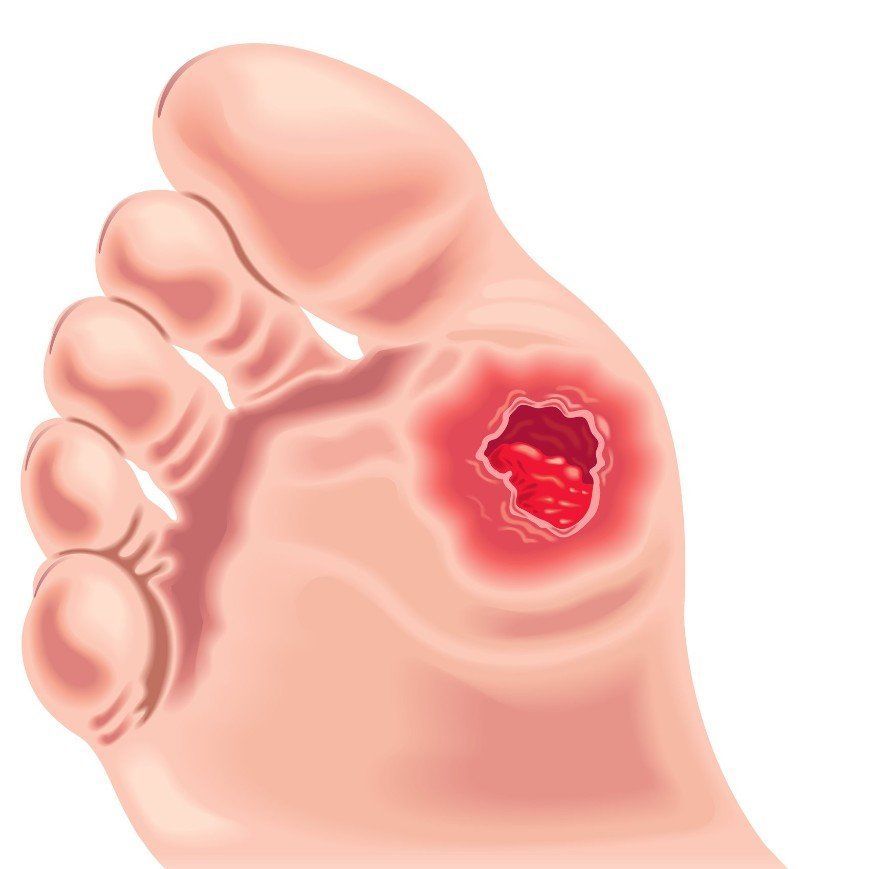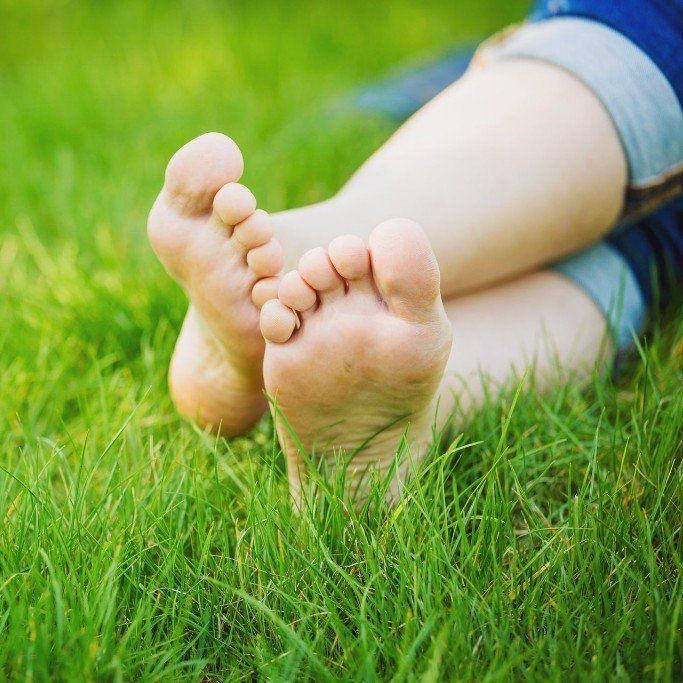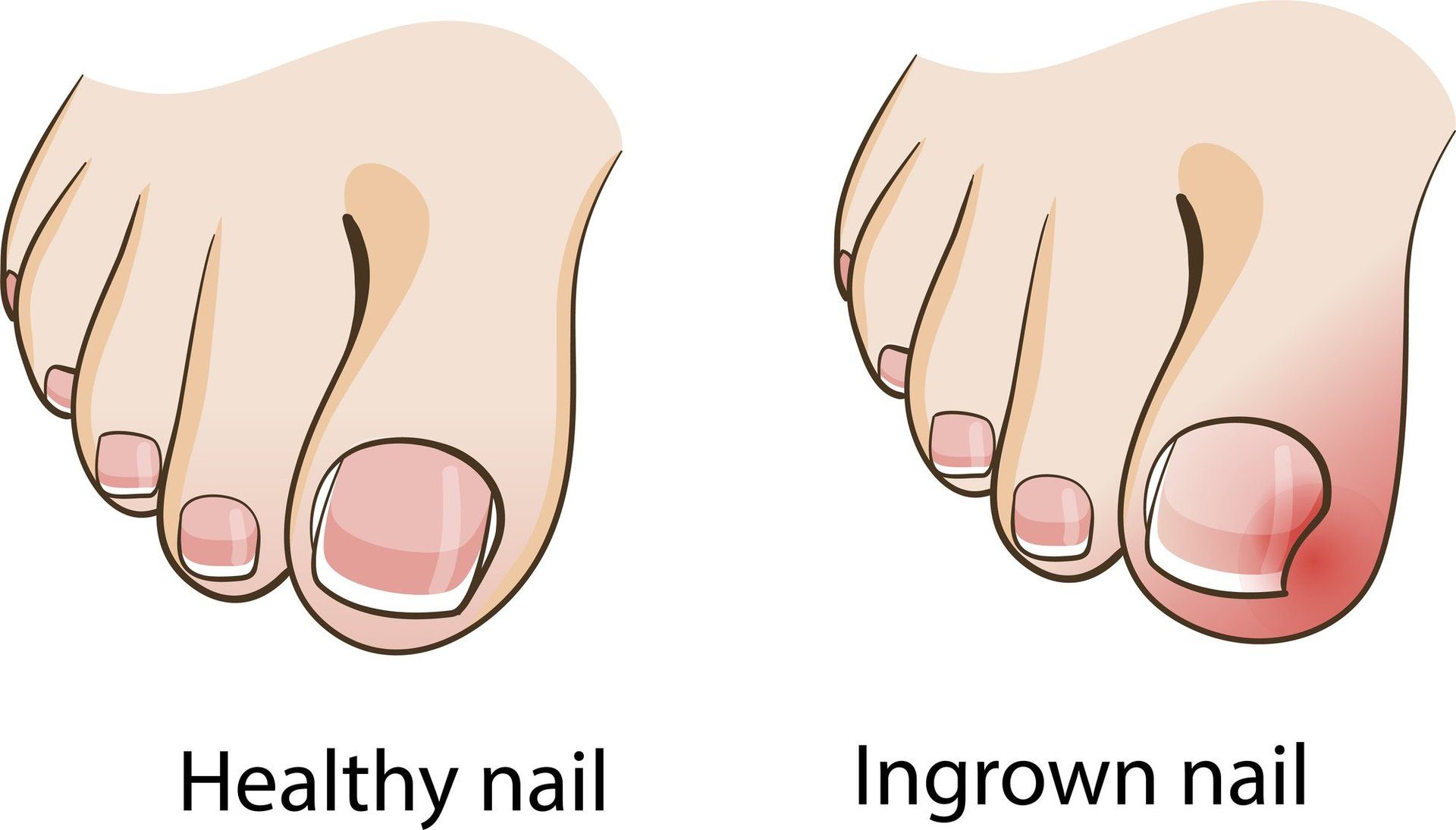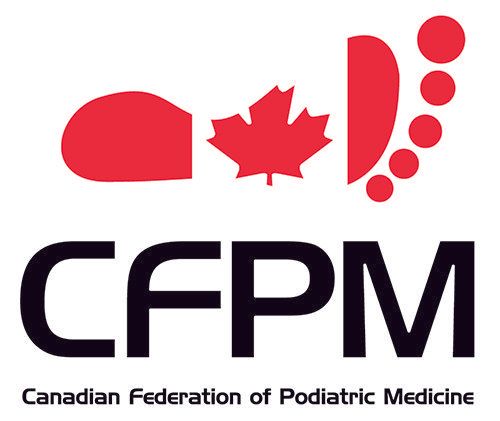FEET FACTS
Jodi Simard • January 18, 2018
Feet get us around
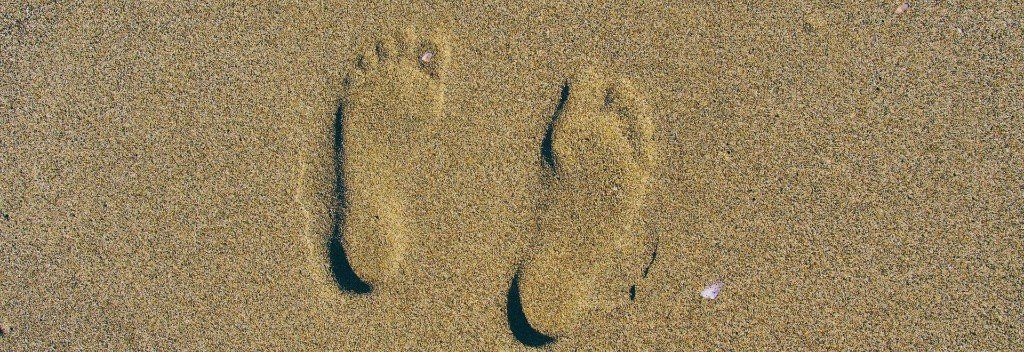
Feet get us around – we use them for running, walking and jumping. And yet, most people know very little about what actually goes on inside the foot. Feet generally get taken for granted – that is, until something goes wrong with them. Nothing incapacitates you as much as a broken or badly infected foot.
- Most people have 26 bones in each foot, but some people have 28. These extras, called supernumerary sesamoids, are found on the bottom of the foot just behind the big toe.
- Fourteen of the 26 bones are found in the toes. Each toe has three bones, except the big toe, which has two.
- The soles of your feet contain more sweat glands and sensitive nerve-endings per square centimetre than any other part of your body.
- There are about 250 000 sweat glands in the feet. The average person will lose about a cup of moisture a day through the feet.
- Flat feet are not always problematic – if flat feet are well-aligned, they enable a person to stand for longer periods of time, as the weight is distributed over a larger area.
- Lower backache, headaches, indigestion and a misaligned spine can often be traced to problems with your feet.
- The gait pattern of your right foot does not usually match that of your left.
- When you are walking normally, the whole foot is never flat on the ground.
- If your feet are well-aligned, your toes will point straight ahead when you are walking. The first point of contact is your heel, then the outside border of your foot, then the ball of your foot, and finally the big toe.
- Standing in one spot is far more tiring than walking. The reason for this is that demands are being made on the same few muscles for a length of time.
- Corns and calluses are never normal, but they are the most common foot problems. They indicate that you could benefit from foot alignment or from better choice of shoes. The next most common foot problems are warts, blisters, athlete's foot and fissures.
- The skin on your feet is thicker than it is anywhere else on your body.
- When you are stressed, you are more susceptible to the virus that causes warts on the foot.
- When buying shoes, it is a good idea to buy them late in the day, when your feet are tired and may be slightly swollen. It's best to buy shoes that fit your feet under this condition as you are then unlikely to purchase shoes that are too small. Have your feet measured every time you purchase shoes, and do it while you're standing. When you try on shoes, try them on both feet; many people have one foot larger than the other, and it's best to fit the larger one.
- The average person walks up to about 160 000 kilometres, or 115,000 miles, in their lifetime, enough to walk around the earth 4 times. That works out to around 6 and a half kilometres a day.
- While walking, each step can exert a pressure on your feet that exceeds your body weight and when you're running, it can be three or four times your weight -- which adds up to a cumulative force of over 500 tons a day. With certain sporting activities this force can go up to 7 times bodyweight.
- There are 26 bones in each foot, a total of 52 bones in the both the feet. There are 206 bones in the body which means more than a quarter of all our bones in our bodies are in our feet. Thirty-three joints, 107 ligaments, 19 muscles, and tendons hold the structure together and allow it to move in a variety of ways.
- There are more nerve endings per square centimetre in the foot than any other part of the body. Our feet constantly supply us with information about the surface we walk on, without our being even being aware of it. They tell us whether the surface is hot or cold, rough or smooth, which side it slopes to, etc.
- At birth the bones in the foot are mostly cartilage and slowly harden as the foot grows. The bones in the foot will only be completely ossified (hardened) at around 21 years of age.
- During a typical day, the average person spends about four hours on their feet and takes between 8,000 and 10,000 steps.
- Seventy-five percent of Canadians will experience foot health problems of varying degrees of severity at one time or another in their lives. About 19 percent of the Canadian population has an average of 1.4 foot problems each year. Women have about four times as many foot problems as men; lifelong patterns of wearing high heels often are the culprit.
- Walking is the best exercise for your feet and is also good for your overall health. It also contributes to your general health by improving circulation, contributing to weight control and promoting all-around well being. Your feet mirror your general health. Such conditions as arthritis, diabetes, nerve and circulatory disorders can show their initial symptoms in the feet -- so foot ailments can be your first sign of more serious medical problems.
- Heredity plays only a minor role in the early development of foot problems, as only a small percentage of the population is born with foot problems. It's neglect, and a lack of awareness of proper care -- including ill-fitting shoes -- that bring on the problems. A lifetime of wear and tear, plus neglect, accounts for the fact that most practitioners serve an older population.
- Corns and calluses are caused by friction and pressure from skin rubbing against bony areas when wearing shoes. If the first signs of soreness are ignored, corns and calluses rise up as nature's way of protecting sensitive areas. Of the three major types of foot problems (infections, toenails, and corns and calluses), people are less likely to receive treatment for corns and calluses and more likely to continue to have corns and calluses as a problem without treatment.
- Plantar warts are caused by a virus which may invade the sole of the foot through cuts and breaks in the skin. Walking barefoot on dirty pavements or littered ground can expose feet to this sometimes painful skin infection.
Sources: The People's Almanac. Editors David Wallechinsky and Irving Wallace. Dallas Fell, Cape Town chiropodist. Article used with permission from http://www.podiatryinfocanada.ca
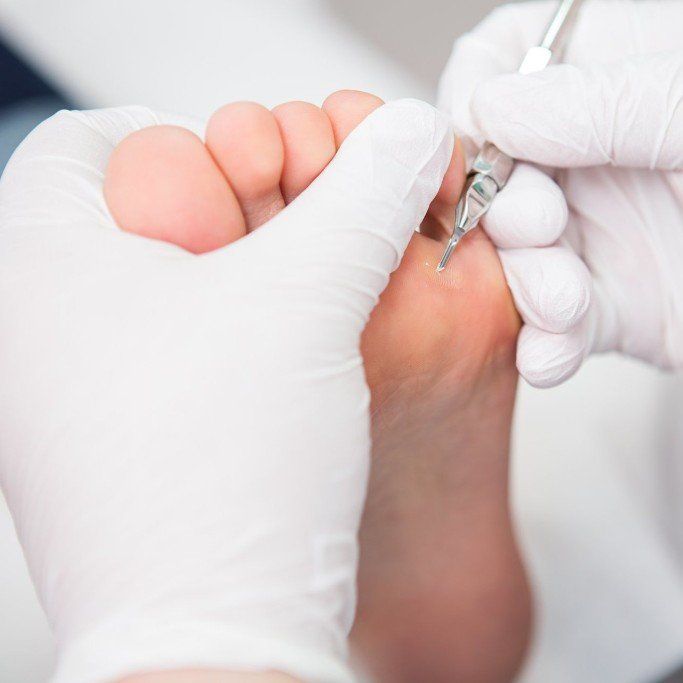
The practice of Chiropody is the assessment, treatment and prevention of diseases or disorders of the foot. Chiropody is practiced by qualified, regulated practitioners who have undergone government established and recognized programs and examinations. Only those who are registered by the Ontario College Of Chiropodist are licensed to practice as Chiropodists in Ontario.
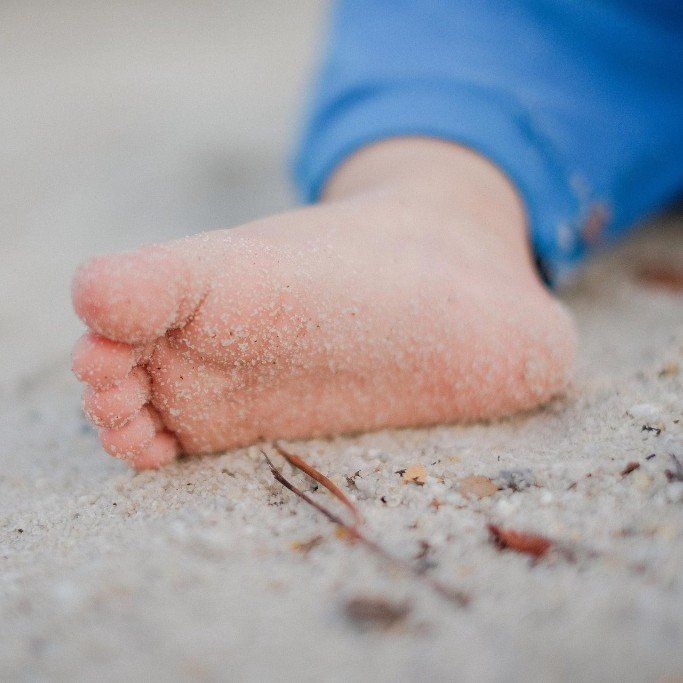
what do you do about your child's developing feet which have to carry the entire weight of the body through a lifetime? Many adult foot ailments, like other bodily ills, have their origins in childhood and are present at birth. Periodic professional attention and regular foot care can minimize these problems in later life. Neglecting foot health invites problems in other parts of the body, such as the legs and back.
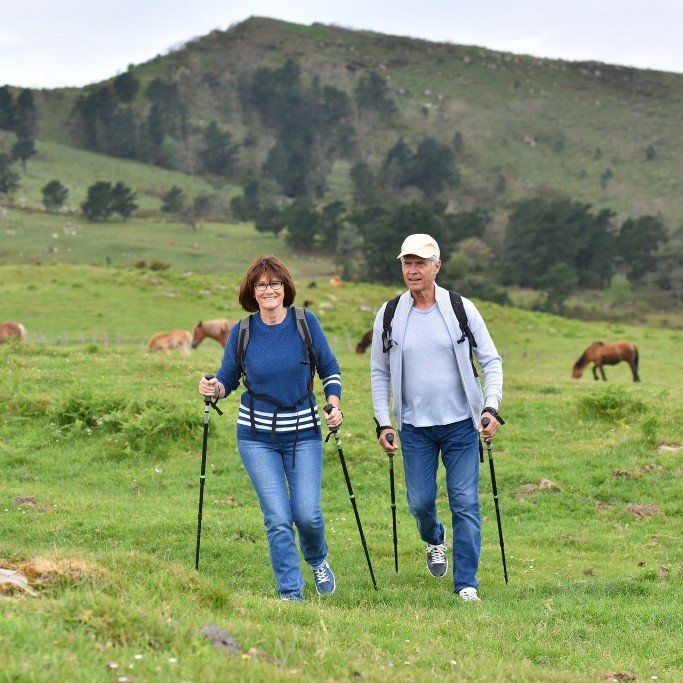
Most of the common foot problems that bother active middle-aged people are restricting and easily treated if detected early. In most cases, conservative treatment will enable patients to return to activity relatively quickly. Middl~aged men and women are participating in a variety of exercises and athletic activities more than ever before.

